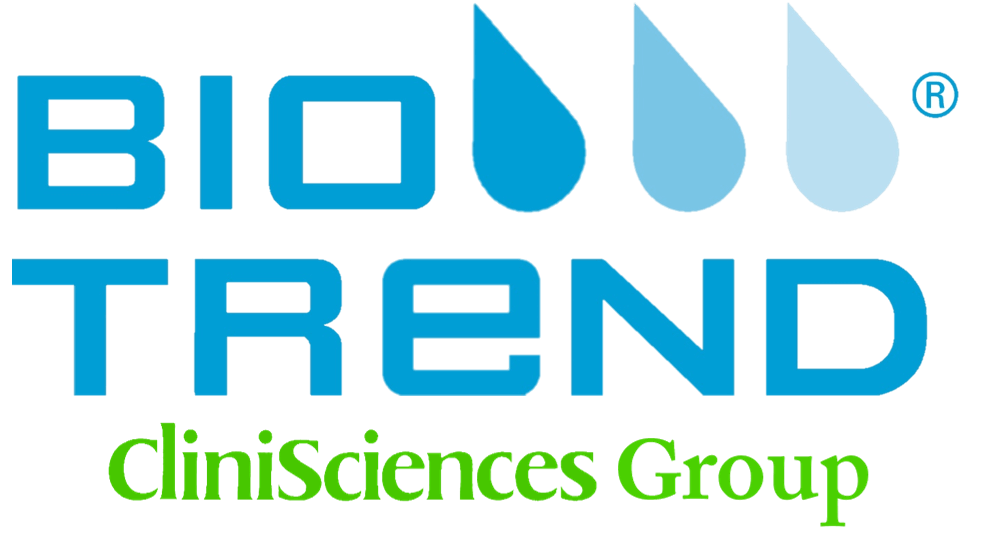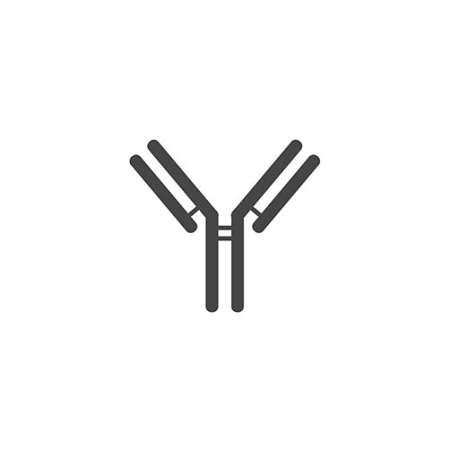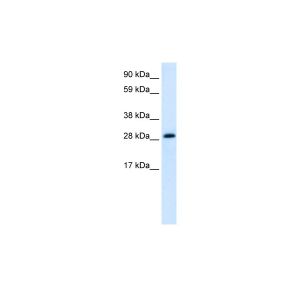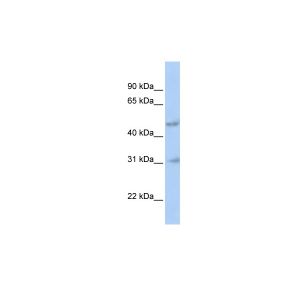ABT1 Antibody - middle region : Biotin
Cat# ARP32603_T100-Biotin
Size : 100ul
Brand : Aviva Systems Biology
| Datasheets/Manuals | Printable datasheet for anti-ABT1 (ARP32603_T100-Biotin) antibody |
|---|
| Predicted Species Reactivity | Human, Mouse, Rat, Cow, Dog, Guinea Pig, Horse, Rabbit, Zebrafish |
|---|---|
| Product Format | Liquid. Purified antibody supplied in 1x PBS buffer. |
| Clonality | Polyclonal |
| Host | Rabbit |
| Conjugation | Biotin |
| Application | IHC, WB |
| Reconstitution and Storage | All conjugated antibodies should be stored in light-protected vials or covered with a light protecting material (i.e. aluminum foil). Conjugated antibodies are stable for at least 12 months at 4C. If longer storage is desired (24 months), conjugates may be diluted with up to 50% glycerol and stored at -20C to -80C. Freezing and thawing conjugated antibodies will compromise enzyme activity as well as antibody binding. |
| Immunogen | The immunogen is a synthetic peptide directed towards the middle region of human ABT1 |
| Predicted Homology Based on Immunogen Sequence | Cow: 93%; Dog: 93%; Guinea Pig: 93%; Horse: 100%; Human: 100%; Mouse: 86%; Rabbit: 93%; Rat: 93%; Zebrafish: 77% |
| Peptide Sequence | Synthetic peptide located within the following region: EVAQAKRETDFYLQSVERGQRFLAADGDPARPDGSWTFAQRPTEQELRAR |
| Concentration | 0.5 mg/ml |
| Blocking Peptide | For anti-ABT1 (ARP32603_T100-Biotin) antibody is Catalog # AAP32603 (Previous Catalog # AAPP03611) |
| Reference | Oda,T., et al., (2000) Mol. Cell. Biol. 20 (4), 1407-1418 |
|---|---|
| Gene Symbol | ABT1 |
| Gene Full Name | Activator of basal transcription 1 |
| Alias Symbols | Esf2, hABT1 |
| NCBI Gene Id | 29777 |
| Protein Name | Activator of basal transcription 1 |
| Description of Target | Basal transcription of genes by RNA polymerase II requires the interaction of TATA-binding protein (TBP) with the core region of class II promoters. Studies in mouse suggest that the protein encoded by ABT1 likely activates basal transcription from class II promoters by interaction with TBP and the class II promoter DNA. |
| Uniprot ID | Q9ULW3 |
| Protein Accession # | NP_037507 |
| Nucleotide Accession # | NM_013375 |
| Protein Size (# AA) | 272 |
| Molecular Weight | 31kDa |
| Protein Interactions | FAM9B; SYNE4; LZTS2; CEP70; CCDC136; CDCA7L; EMD; UBC; PPP1CC; CAND1; PRNP; TBP; |






